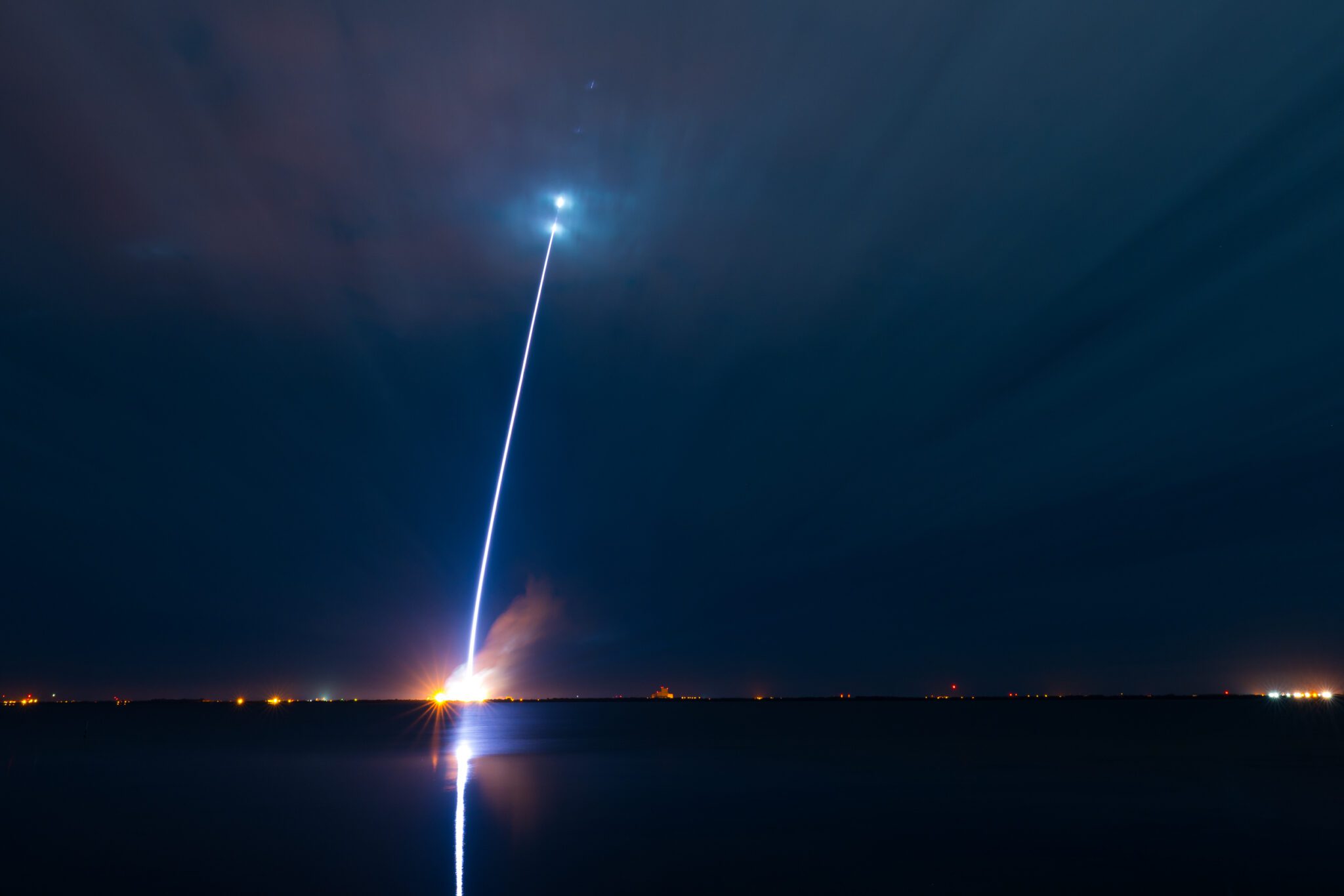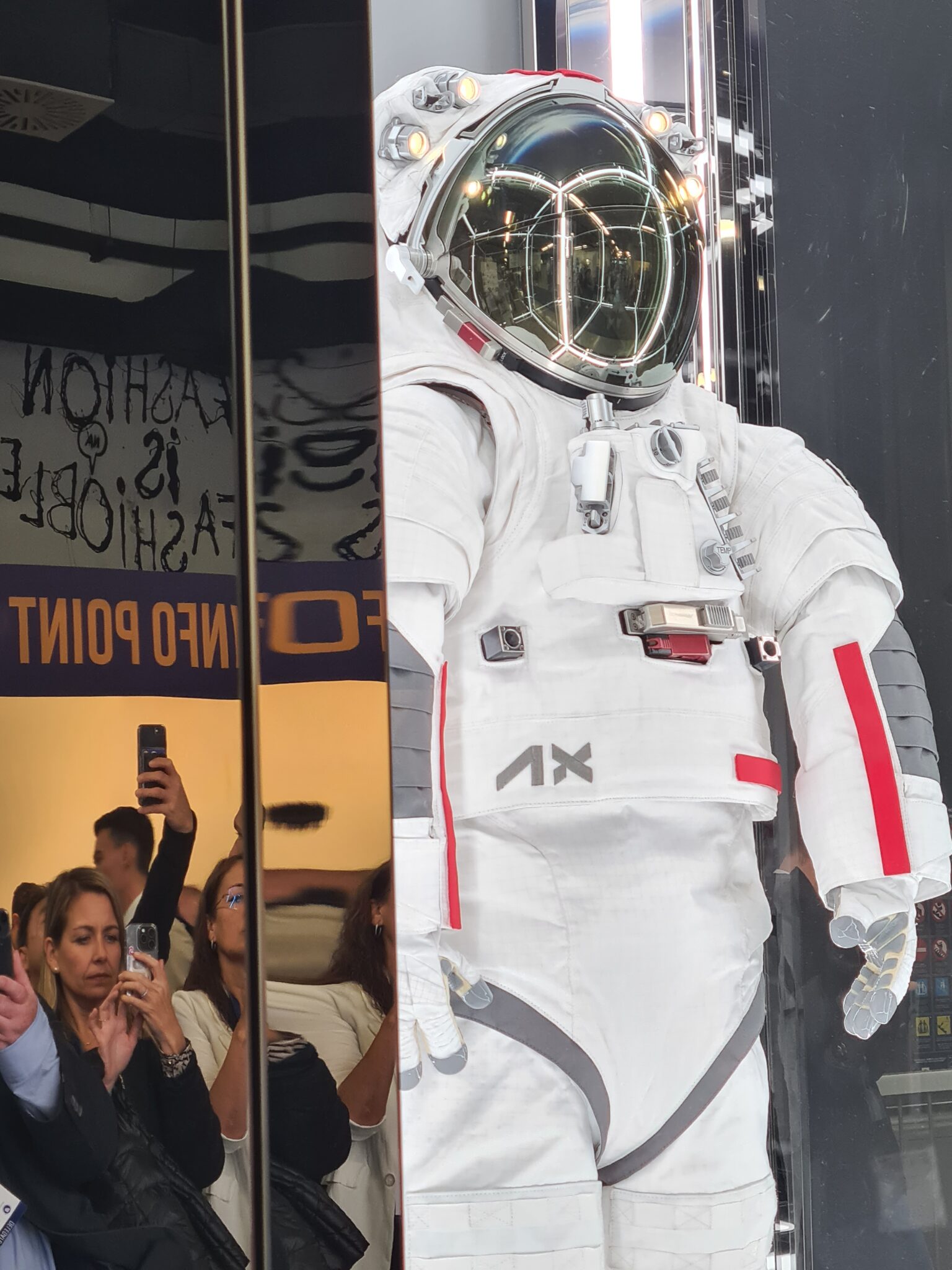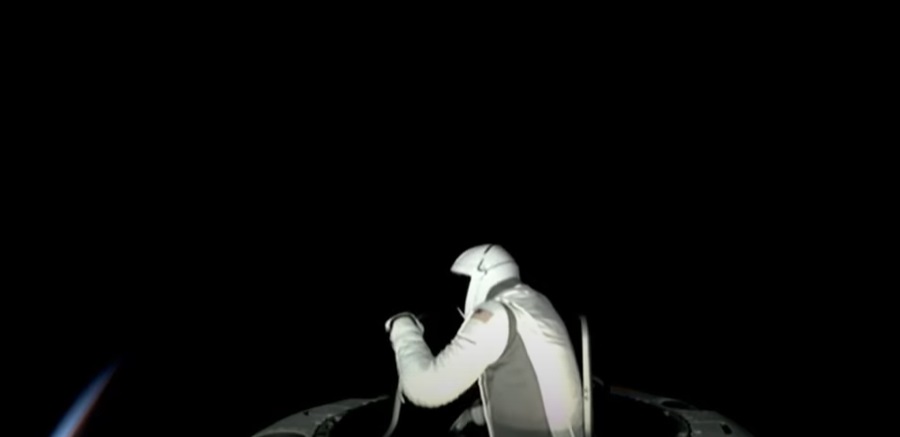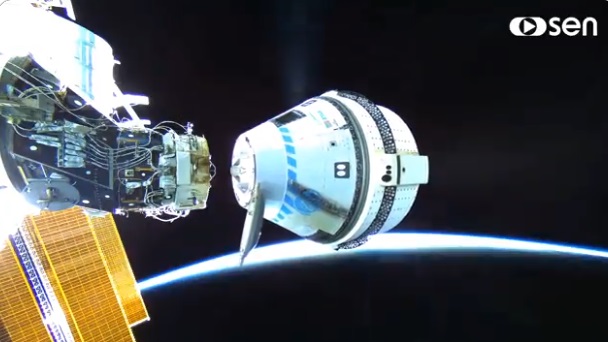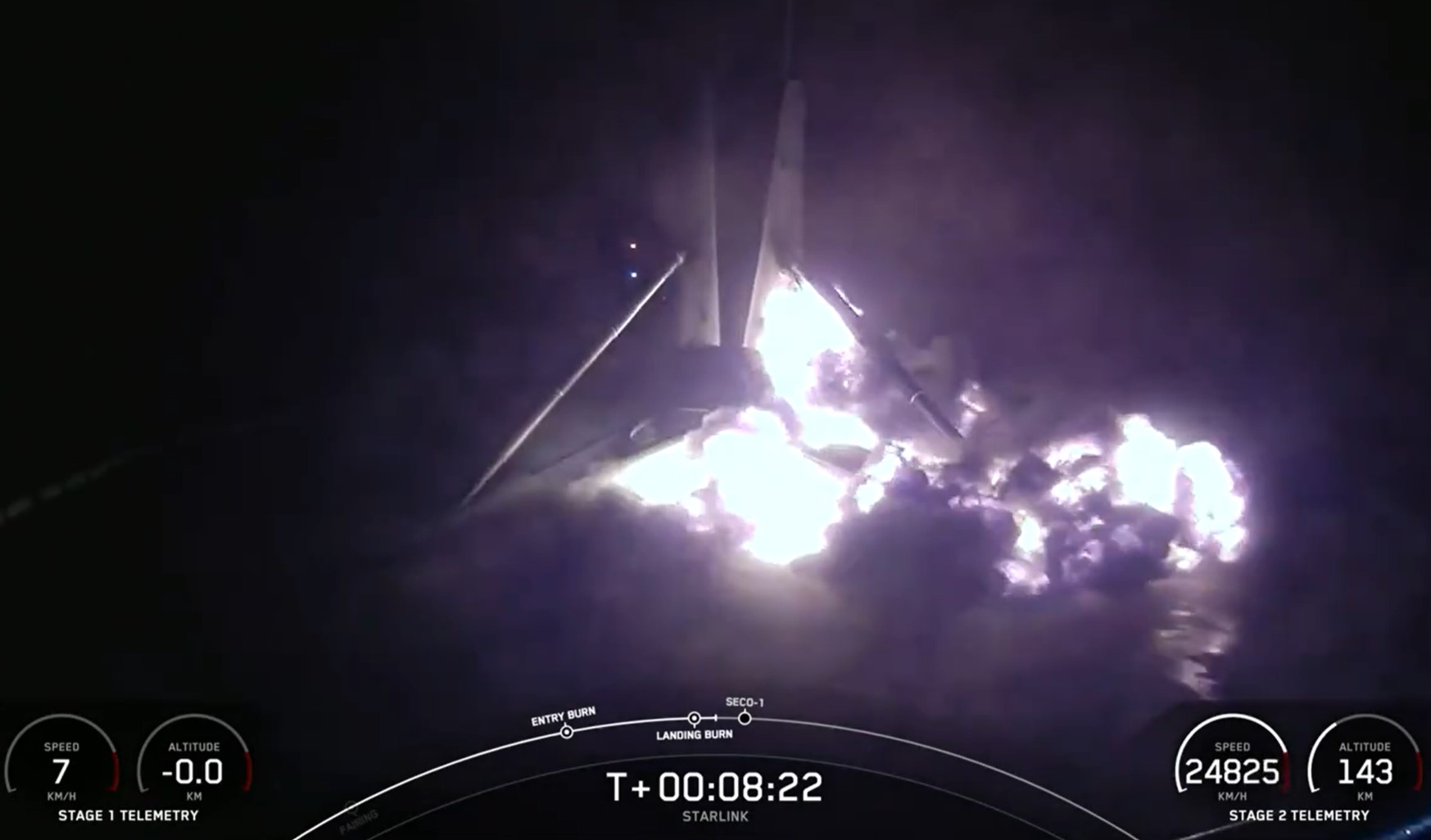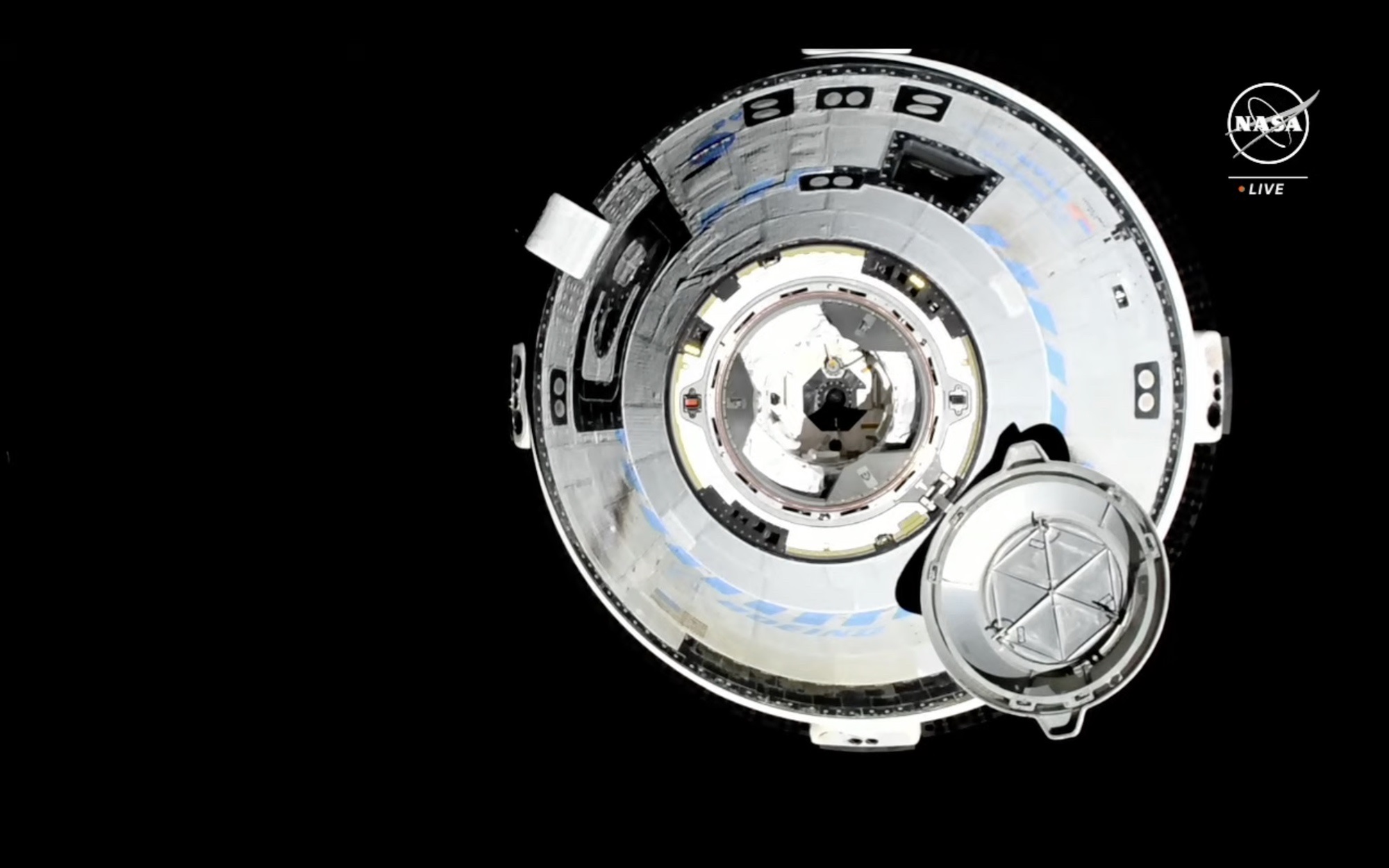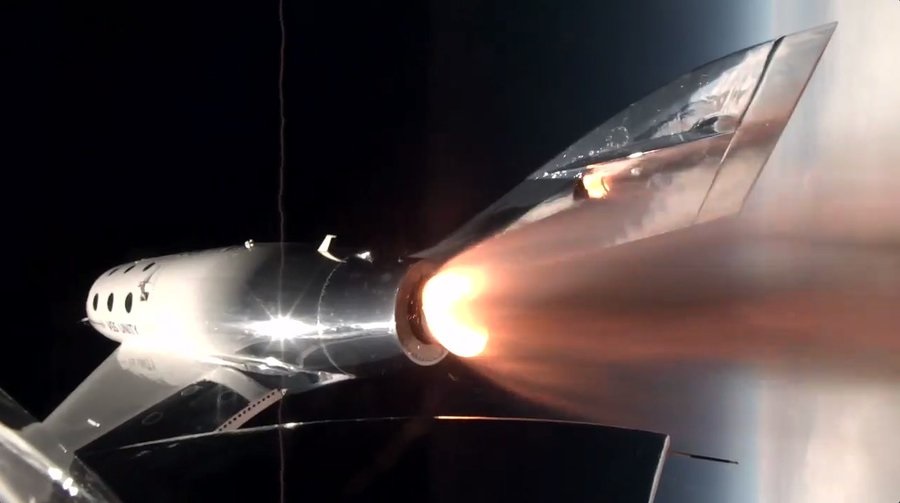The news that Lockheed Martin has finally got back into commercial manned spaceflight transportation by joining the Sierra Nevada led team building the second Dreamchaser spaceplane will probably be a relief to its board. For while Lockheed Martin beat its main rival Boeing to the glory of building the Orion space capule for NASA’s long range manned exploration extravaganzas (to borrow from Neil Armstrong’s quip: Orion was the one part of Project Constellation that could not be “executed”) in truth, this victory was a slightly hollow one.
For as Boeing licked its Orion wounds, it translated its non-selected design into a smaller capsule called CST-100; one that was less capable, but one would be perfect for launching humans to and from low Earth orbit several times a year. This flight rate compared to the one or two missions per year (at best) that the Orion space capsule might fly.
Boeing’s “Orion loser” CST-100 design thus became one of the likely winners of NASA contracts for regular crew transportation, along with the SpaceX Dragon and the Sierra Nevada Dreamchaser. As such, Lockheed Martin found itself iced-out of this potentially more lucrative business, albeit that it had a launch vehicle interest via its man-rated Atlas V expendable rocket which will probably be used by the CST-100 and by the Dreamchaser.
Having realised that it was in danger of missing much of this “commercial transportation boat”, Lockheed Martin initially allied itself with ATK’s Liberty capsule/launch vehicle contender – a design that was so far behind the others that it was never seriously going to gain NASA funding.
Subsequently, in NASA’s most recent commercial crew development move, a two and a half award style Commercial Crew Integrated Capability (CCiCap) contract was awarded to Boeing, SpaceX and Sierra Nevada respetively, albeit the latter got substantially less funding that the other two. The decision to give it lower funding, officially due to Dreamchaser’s higher technical risk. may have been good news for Lochkheed Martin asitd may have been the spur for Sierra Nevada to get Lockheed Martin’s involvment.
So Lockheed Martin finally finds itself riding on a realistic runner in the commercial transportation race, and on one that might even win most of the business. For while winged/lifting body vehicles such as the NASA HL-20-derived Dreamchaser do have more technical risk, they have considerable advantages over capsule designs. For example, they offer a much more benign “lower-g” re-entries and have better cross range capabilities. Dreamchaser, as a sort of “son of the Space Shuttle” will be returned to a launch site in a Shuttle style gentle touch down, will not have to make higher risk parachute descents or rocket powered touchdowns or ocean spashdowns as it returns to Earth.
Blunt body capsules come into their own when used on lunar and interplanetary flights as they are better able to stand up to the aerothermodynamics of re-entry into Earth’s atmosphere at superorbital speeds. Hence this is the reason that Orion and its Apollo space capsule forerunner have large radius blunt rear ends.


